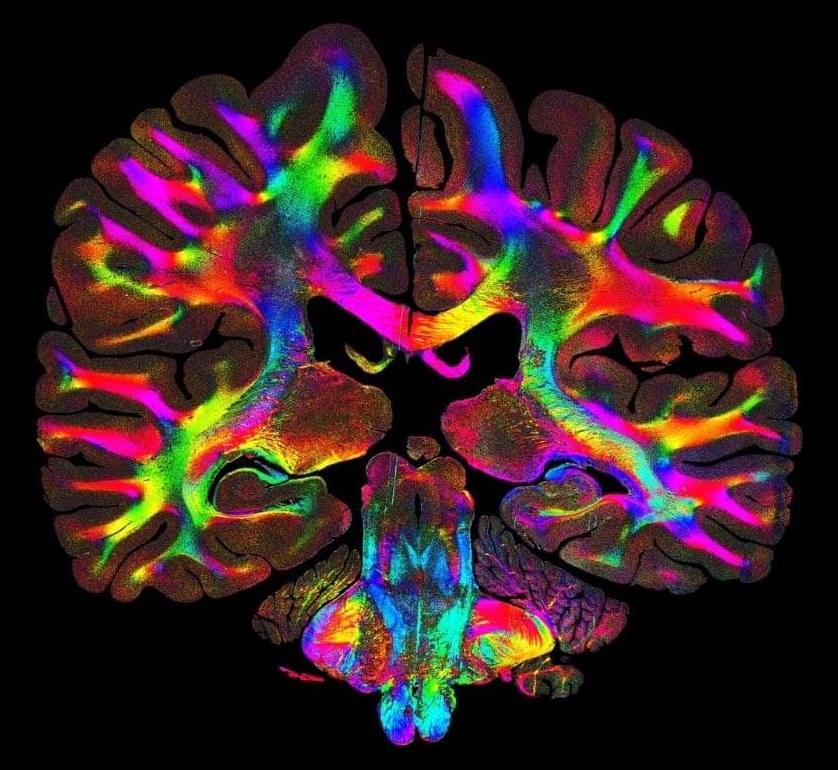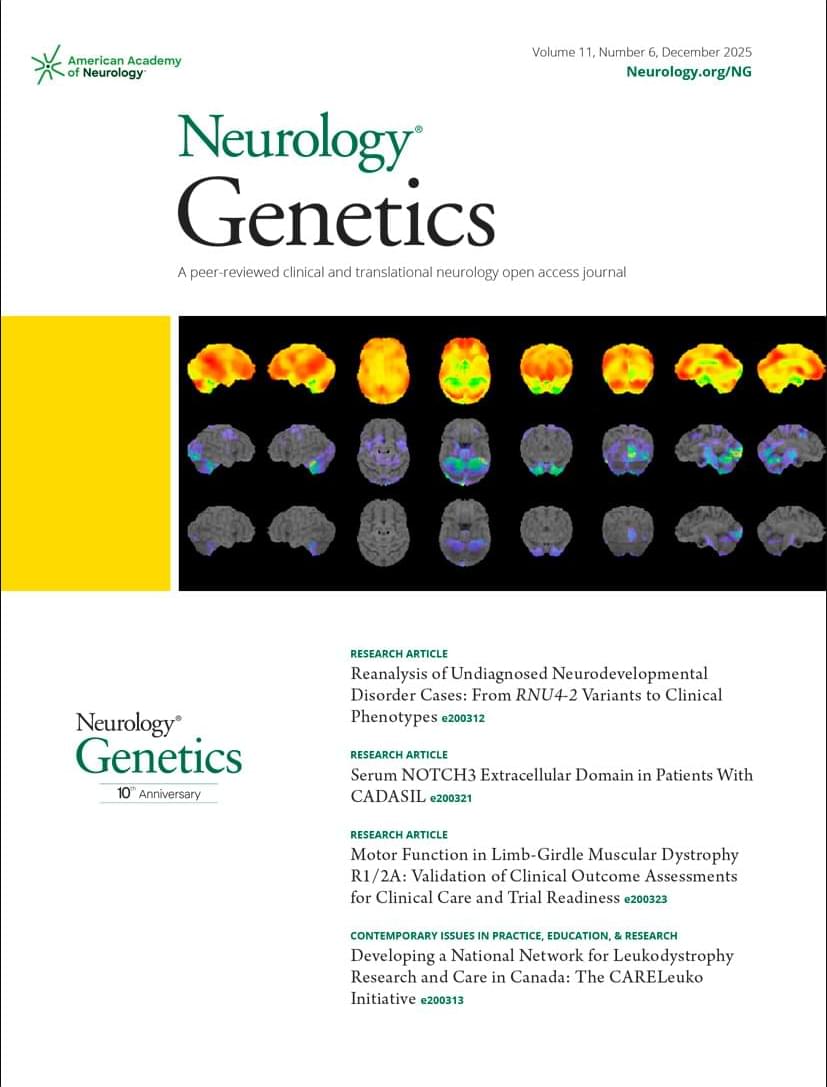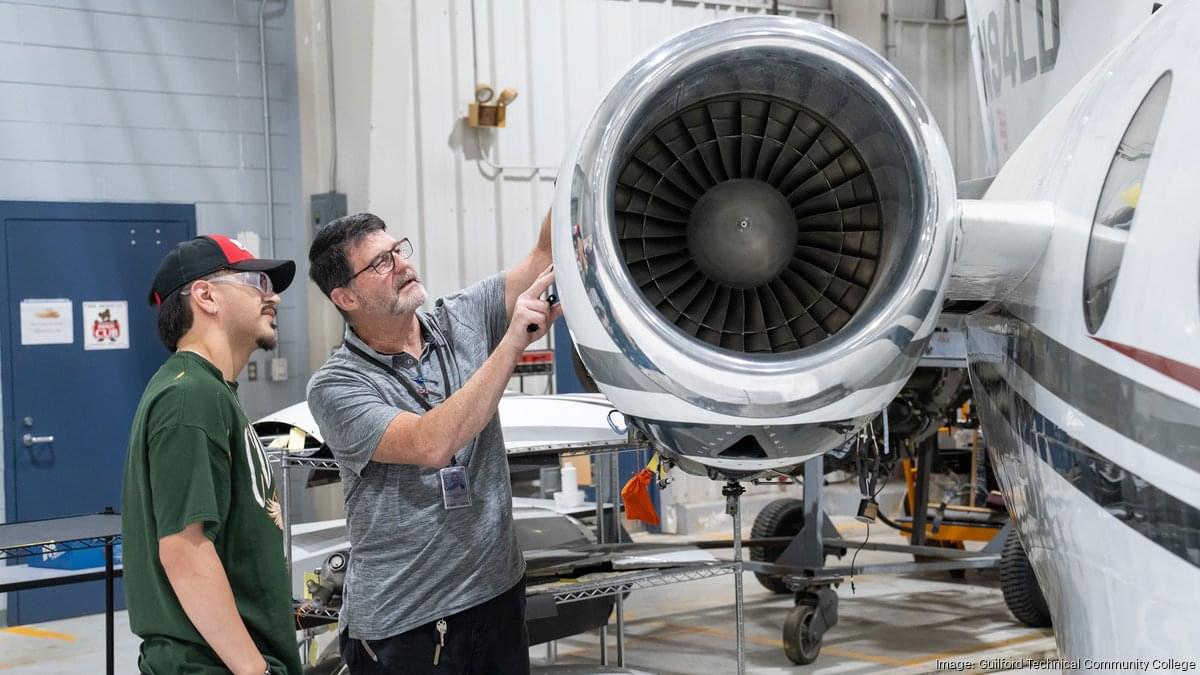A simple light-based method is uncovering hidden fiber networks inside the brain and body, even in tissue slides over 100 years old.






A single laundry load containing synthetic clothing can release thousands of plastic microfibers from nylon, acrylic and polyester materials. Lab testing of an SA-made washing machine filter at Flinders University shows it can be a useful new way to help protect waterways from polyester and other synthetic microparticles.
Flinders researchers are also developing a novel approach to enhance nanoplastic capture on cellulose filters using a plasma polymer coating.
Microplastics are plastic particles less than 5 mm wide, and they break down further to nanoparticles.



Mars once had sprawling river systems that rivaled major watersheds on Earth, and scientists have now identified the biggest ones for the first time. Researchers mapped 16 massive drainage basins where water likely flowed long enough to support life. Even though these areas cover just 5% of ancient Martian terrain, they account for a huge share of erosion and sediment movement. That makes them some of the most promising places to search for ancient life.
